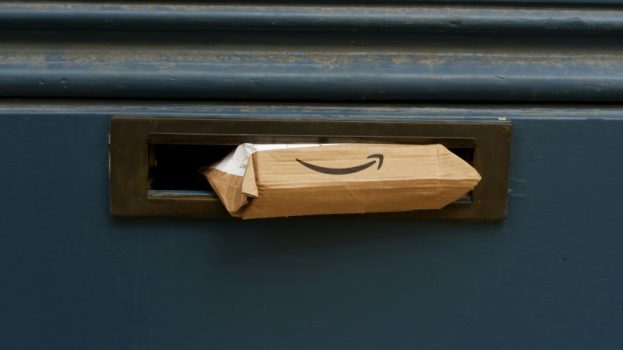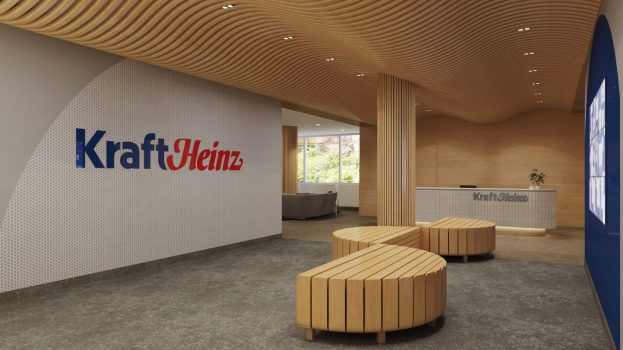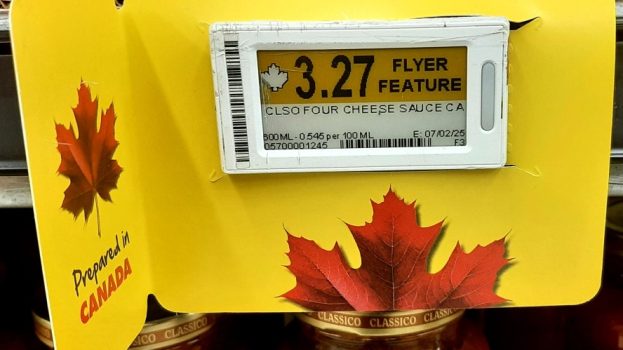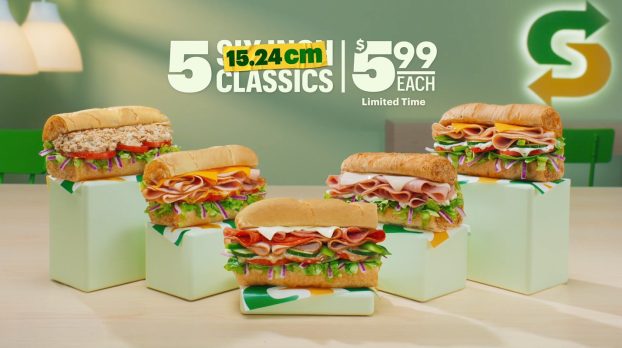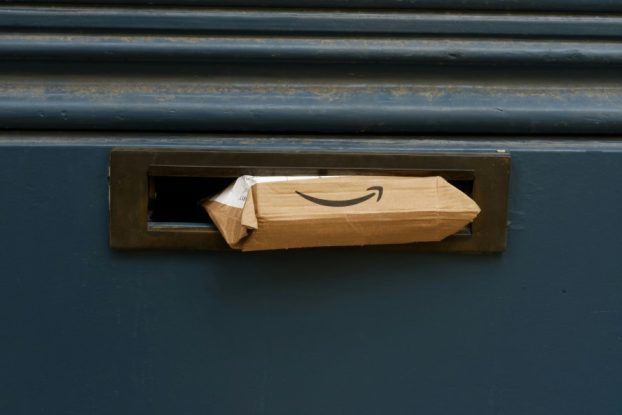
By John Bradley and Carrie Bradley
It was interesting last week to see that Kraft Heinz and McDonalds were both looking to reinvest in media spending in the second half of the year, even though they had very different experiences during COVID-19.
For Kraft Heinz – a business that has struggled to drive growth and margins – there seemed to be no light at the end of the grocery shelves until governments made eating out almost illegal. Its roster of legacy brands suddenly turned into a roster of much-loved and trusted staples of family mealtimes like it’s the 1950s. Sales increased, share was gained and even pricing reversed a two-year nosedive, helping mitigate the impact of declines in its foodservice business.
So here sits a company seemingly well poised to keep this momentum going, leveraging advertising to retain its enlarged army of consumers. An easy decision, one might think. Well, perhaps not, given that the media increase will be paid for with reductions from the rest of the marketing budget.
But that was Easy Street compared to what has been going on at McDonalds, which had just come out of a record year before it got a super-size serving of McNugget sauce in the gas tank. Sales were decimated: down by 39% in April, 20% in May and 12% in June. Reduced hours and relying on take-out and drive-thru combined to hit visitor numbers, partially counterbalanced by an increase in average transaction size as whole families took the safe route of trusting McDonalds. Breakfast sales took the biggest hammering as working from home now included breakfasting at home.
But that was just the start of it. Supply chains were hugely disrupted, not least by the pandemics in meatpacking plants, which at one point forced Canadian beef right off its menus. New safety procedures, reduced menus and contactless payment protocols all had to be defined, tested and rolled out double quick, all while providing 10 million free meals to frontline workers. The previously rock-solid cash flow to head office rotted away; not only did sales royalties fall, but many franchisees had trouble making their store rents, to the point that head office had to bail them out with a prolonged rent holiday. On top of that, there was a $30 million write-off charge for ingredients in the system going out of date. In other words, things were bad.
McDonalds, like the vast majority of brands (and unlike Kraft Heinz), endured unprecedented hits to both the top line and costs, which puts a very different slant on the “spend your way out of a downturn” advice initially proffered by most agencies. Indeed, it is no surprise that Mickey D’s first half year adspend in the U.S. was down a whopping 70% – it was the only line in the budget that could throw out enough cash sorely needed elsewhere.
When you cannot forecast your topline with any degree of accuracy, while simultaneously having a host of new, unplanned and mission-critical costs, then committing to advertising spend is a much harder decision than usual. While advertising might have helped struggling franchisees make rent payments by increasing store visits, using that money to fund rent deferrals did help them, no ifs or maybes.
This is the new reality in making a case to spend advertising dollars at the moment: decision-making has gone up a level or two in most organizations due to the carnage taking place in the company P&L. Marketers now have to convince people who usually stay miles away from adspend decisions that advertising deserves some of the scarce funds ahead of the extremely pressing concerns elsewhere.
So why can McDonalds – which has taken massive hits to income and profitability – talk about an extra $200 million war-chest, while Kraft Heinz – which has seen business has grown for the first time in years – can only talk about reallocating funds within the existing budget? Maybe because McDonalds adspend is devolved to the stores via franchisee advertising cooperatives and, by being much closer to the action, they better understand its effectiveness, or lack thereof.
The different experiences of McDonalds and Kraft Heinz illustrates that it is not by how much a company has been hit by COVID-19 that matters, it is understanding where and how resource allocation decisions are now getting made. So, if you want to start spending, you need to find out who really makes those decisions, and which other COVID-19 induced internal crises they are weighing those against. That means you need to have compelling business reasons, not just brand arguments.
 John Bradley and Carrie Bradley are managing partners of The Bradley Group.
John Bradley and Carrie Bradley are managing partners of The Bradley Group.

